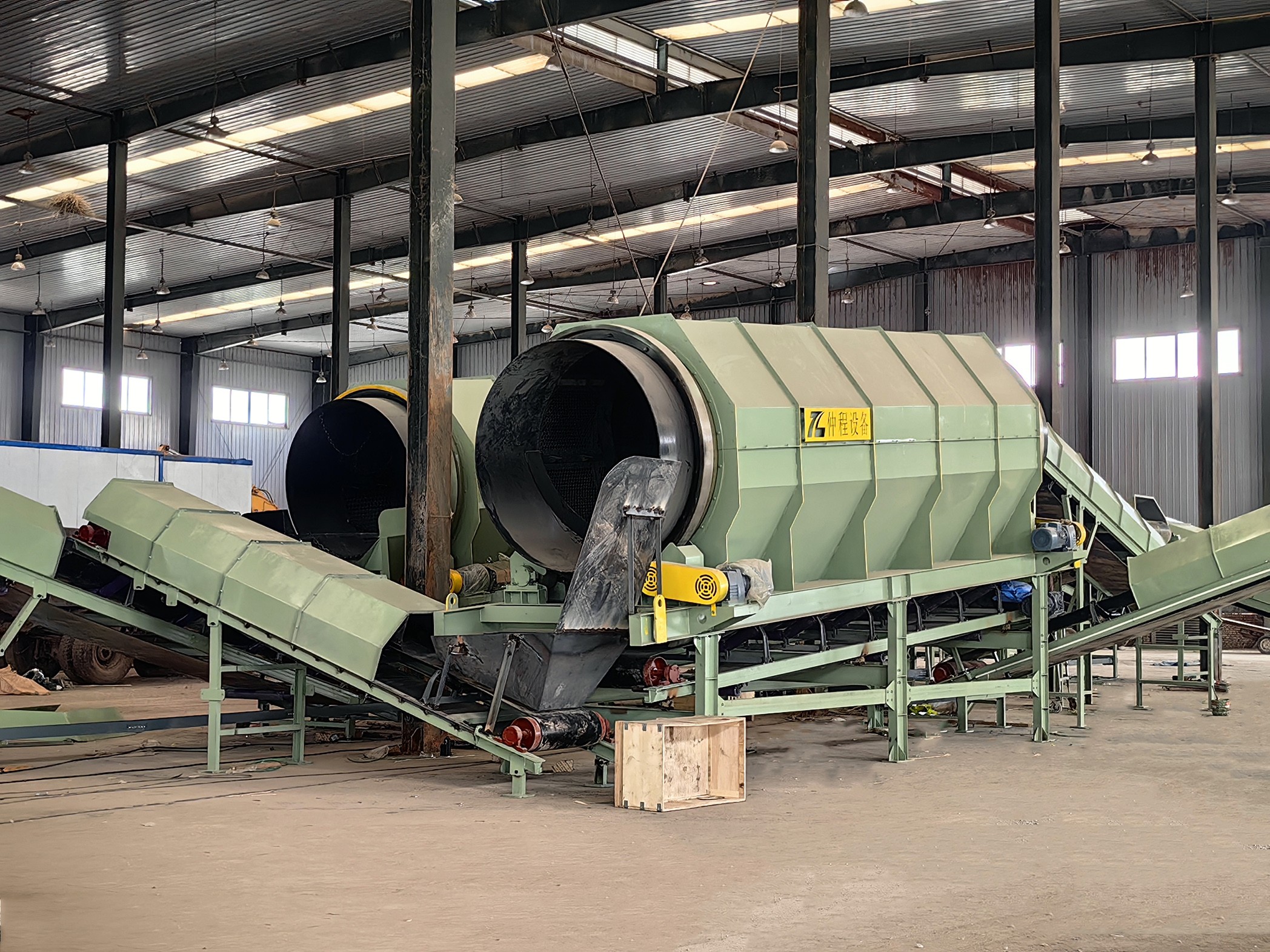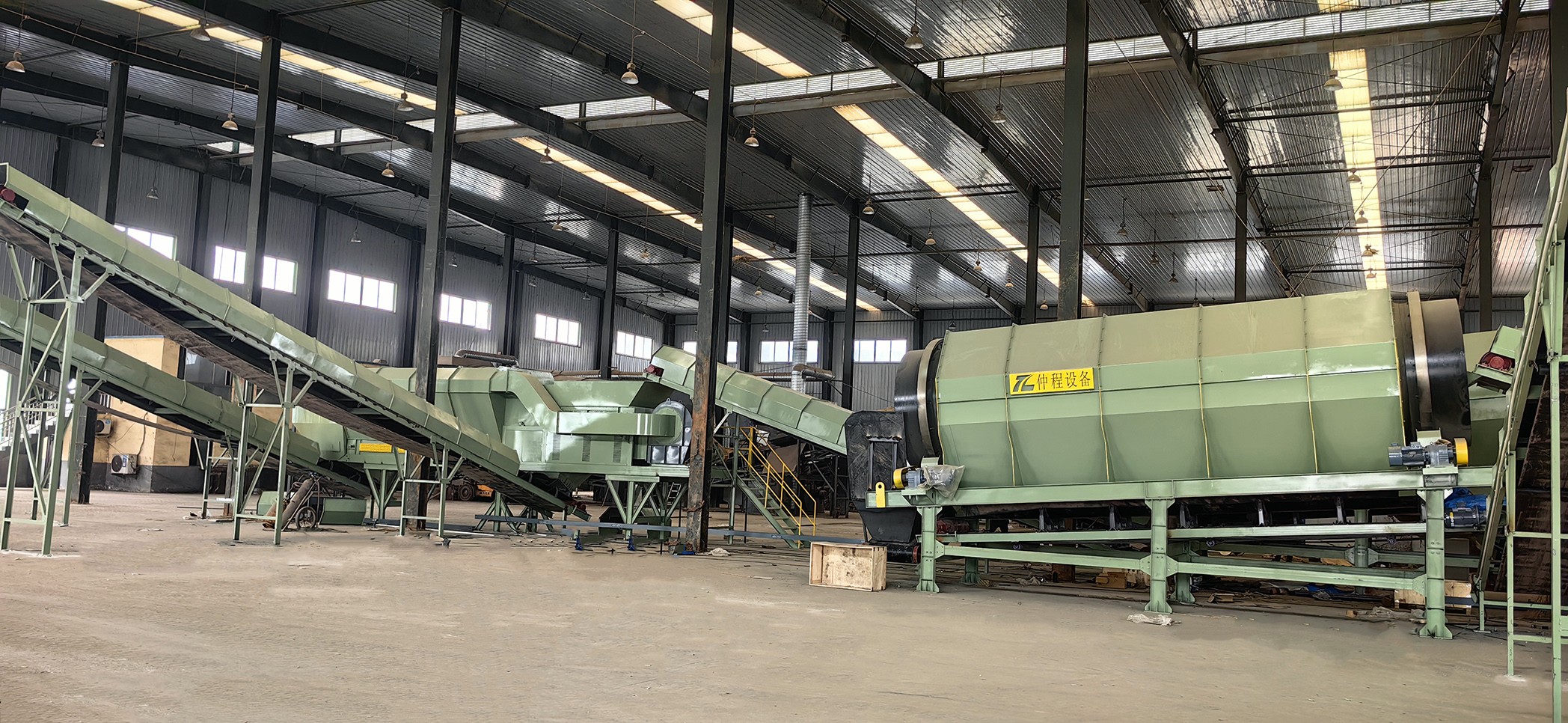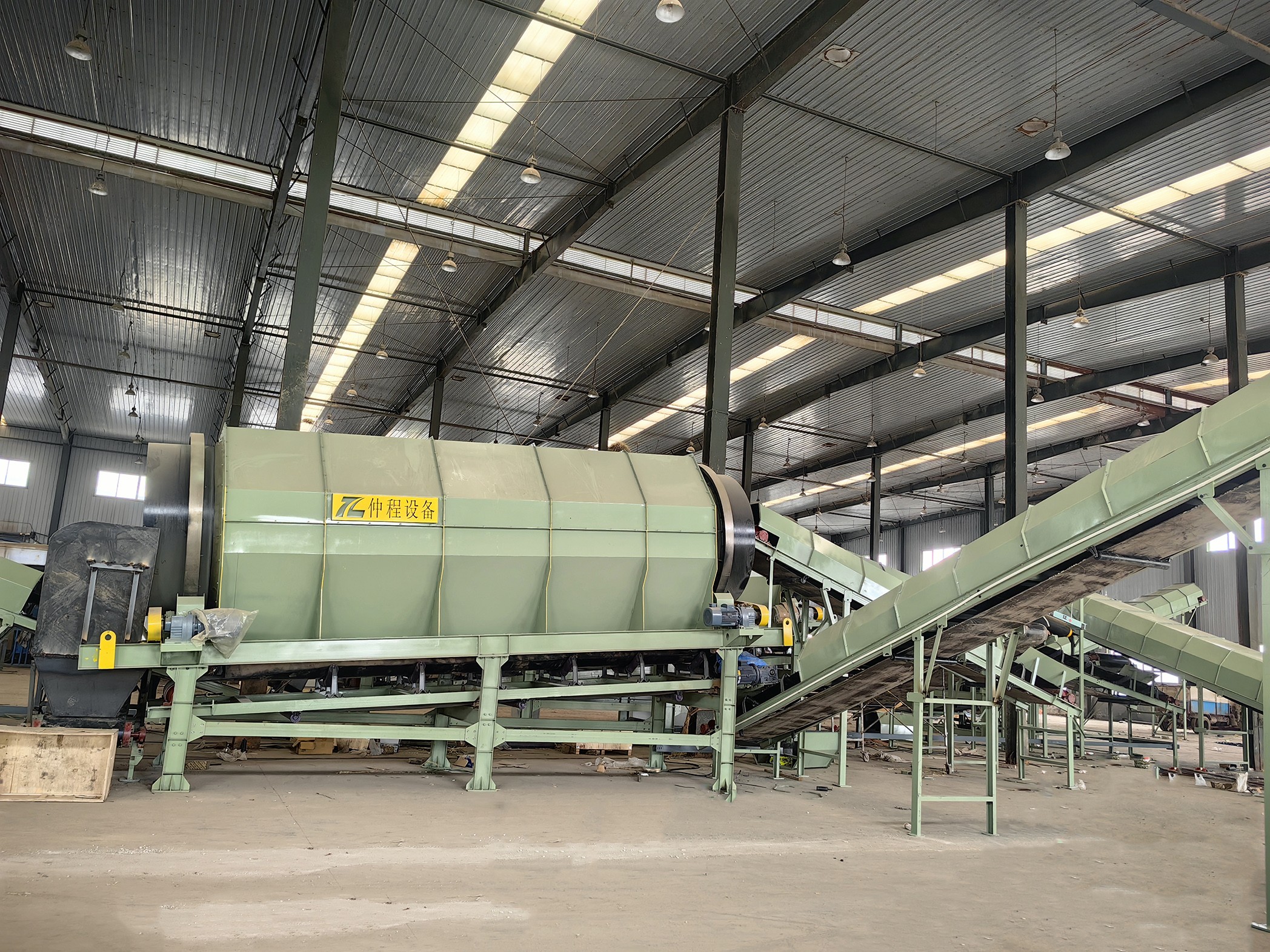trommel screen design for plastic products
In today's world, where the consumption of plastic products is ubiquitous, the need for efficient and sustainable waste management systems has never been more critical. Plastic waste presents unique challenges due to its variety of forms, sizes, and materials. One of the essential pieces of equipment in plastic waste sorting and processing is the trommel screen. This article delves into the design considerations for trommel screens when handling plastic products, highlighting key factors like material handling, screening efficiency, and adaptability.
1. Introduction to Trommel Screens
A trommel screen, also known as a rotary screen, is a mechanical device used to separate materials based on their size. It consists of a cylindrical drum that rotates, causing the material inside to tumble and fall through apertures of a specific size, thereby separating it into different fractions. Trommel screens are widely used in industries like waste management, recycling, mining, and agriculture.
For plastic products, the challenge lies in the diverse range of materials—hard plastics, soft plastics, films, and packaging materials—that must be sorted for recycling or disposal. Proper trommel screen design is crucial to ensure that plastic waste is efficiently separated, reducing contamination and maximizing the recovery of reusable materials.

2. Key Design Considerations for Plastic Products
When designing a trommel screen specifically for plastic products, there are several key factors to take into account:
a) Screen Size and Aperture Selection
The size of the apertures (holes) on the trommel drum is one of the most critical aspects. Plastics come in various forms, including rigid containers, bottles, and flexible films. Each type requires different aperture sizes to ensure proper separation.
- Rigid Plastics: Rigid plastic materials, like PET bottles, typically require larger aperture sizes. A range of 20 to 50 mm can be suitable for such materials, as they maintain their shape during screening.
- Flexible Films and Plastics: Flexible plastics, like polyethylene films, pose a greater challenge as they tend to get stuck in the apertures or wrap around the drum. Smaller apertures (10 to 30 mm) with anti-blocking features, such as angular apertures or self-cleaning screens, are often employed to handle such materials effectively.
b) Material Flow and Retention Time
Plastic products often have irregular shapes, which can affect the flow through the trommel screen. To improve efficiency, the material’s retention time within the screen must be optimized. Longer retention times allow for more thorough separation, but excessive time can lead to clogging or entanglement of plastic films around the drum.
The inclination angle of the trommel drum is an important design element. A higher angle increases material flow rate, reducing retention time, which is beneficial for highly homogeneous plastic materials. However, for mixed plastic streams, a moderate inclination of 5° to 15° is preferred, allowing for sufficient tumbling and separation.
c) Rotational Speed
The speed at which the trommel drum rotates directly influences the screening efficiency. For plastics, a balance between speed and material flow must be maintained. If the drum rotates too slowly, materials may clump together or stick to the screen. On the other hand, if the drum rotates too quickly, lightweight materials like films may be ejected from the system prematurely.
For plastic waste, a typical rotational speed ranges from 10 to 25 revolutions per minute (RPM), depending on the specific material being processed. Adjustability in rotational speed is a desirable feature in trommel screen design, as it allows operators to fine-tune the system based on the type of plastic being processed.
d) Durability and Wear Resistance
Plastic waste can be abrasive, especially when it contains a mixture of materials such as dirt, glass, or metals. Therefore, the choice of materials for the trommel screen must prioritize wear resistance and durability. The screen drum and apertures should be constructed from wear-resistant materials like stainless steel or hardened alloys, ensuring a longer service life and reducing maintenance costs.
Furthermore, plastics that are heavily contaminated with non-plastic waste require frequent cleaning of the trommel drum to prevent buildup and maintain efficient operation. Self-cleaning designs, or the inclusion of cleaning mechanisms like brushes or air jets, can significantly improve durability and reduce downtime.

3. Advanced Features in Modern Trommel Screens
To enhance the performance of trommel screens in plastic recycling facilities, modern designs often incorporate several advanced features:
a) Variable Aperture Sizes
Some trommel screens are designed with variable aperture sizes throughout the length of the drum. This allows for multi-stage separation in a single operation. For example, larger rigid plastics can be separated in the first section, while smaller, more flexible plastics can be screened further down the line. This design improves sorting efficiency and ensures that each type of plastic is processed optimally.
b) Integrated Air Classification Systems
To deal with lightweight plastic films that tend to get airborne, trommel screens can be equipped with air classification systems. These systems use airflow to separate light materials from heavier items. As plastic films are lifted by the air, they can be directed to a separate processing line, preventing clogging and improving throughput.
c) Modular and Customizable Design
Given the variety of plastic products that trommel screens need to handle, modular designs are gaining popularity. These systems allow operators to customize the drum length, diameter, aperture size, and additional features based on the specific waste stream. The ability to tailor the system ensures maximum efficiency for each type of plastic waste, minimizing material loss and improving the quality of the recycled product.

4. Challenges in Trommel Screen Design for Plastic Products
Despite the advanced features, trommel screens for plastic products face several ongoing challenges:
- Plastic Film Entanglement: Even with anti-blocking apertures, plastic films are notorious for wrapping around the drum or clogging apertures. Continuous innovation in screen design, such as rotating brushes or ultrasonic cleaning systems, can mitigate these issues.
- Contaminants: Plastic waste streams often contain non-plastic materials, such as metals or organic waste. Integrating magnetic separators or pre-sorting systems can help address this issue but adds complexity and cost.
5. Conclusion
Trommel screens play a vital role in the efficient sorting of plastic products in recycling facilities. Proper design considerations, such as aperture size, drum speed, and material durability, are crucial to ensure optimal performance. With the increasing demand for plastic recycling, innovations like variable apertures, air classification systems, and modular designs will continue to push the boundaries of what trommel screens can achieve in plastic waste management.
By addressing challenges like film entanglement and contamination, trommel screens can significantly contribute to a more sustainable future, where plastic products are efficiently recycled and reused.
-
 Trommel screenTrommel screen, also known as drum screens, are widely used in various industries for sorting and separating materials.Get Quote
Trommel screenTrommel screen, also known as drum screens, are widely used in various industries for sorting and separating materials.Get Quote -
 Crop straw double shaft shreddApplications:Biomass Energy Production: Shredded straw can be used as a feedstock for bioenergy plants to produce electricity or heat.Livestock Feed: Reduced-si...Get Quote
Crop straw double shaft shreddApplications:Biomass Energy Production: Shredded straw can be used as a feedstock for bioenergy plants to produce electricity or heat.Livestock Feed: Reduced-si...Get Quote -
 Zhongcheng Air Drum SeparatorAir drum separators effectively separate lightweight materials (e.g., plastics, paper) from heavier materials (e.g., metals, glass). This high efficiency is cru...Get Quote
Zhongcheng Air Drum SeparatorAir drum separators effectively separate lightweight materials (e.g., plastics, paper) from heavier materials (e.g., metals, glass). This high efficiency is cru...Get Quote
-
2023-01-12Vibrating ScreenVibrating screen is a mechanical device used to separate materials into different sizes and grades by vibrating them through a mesh or screen. This equipment is...
-
2024-10-23Solid waste recycling plantOur company engaged in waste sorting system . We are professional about waste sorting system . We have professional technical team. Professional technical team...
-
2025-04-21Compact Copper Cable Granulator MachineThe compact copper cable granulator machine is a device used to recycle waste wires and cables. It separates the copper wire from the plastic sheath by crushing...
-
2023-01-13Bag OpenerBag opener or bag opener system is a mechanical device used to automatically open and empty bags containing bulk materials. This system is commonly used in indu...
-
2023-01-12Apron FeedersApron Feeder is a conveyor manufactured from steel plates driven by steel chains wearing on steel surfaces. They are a robust design manufactured for durability...



